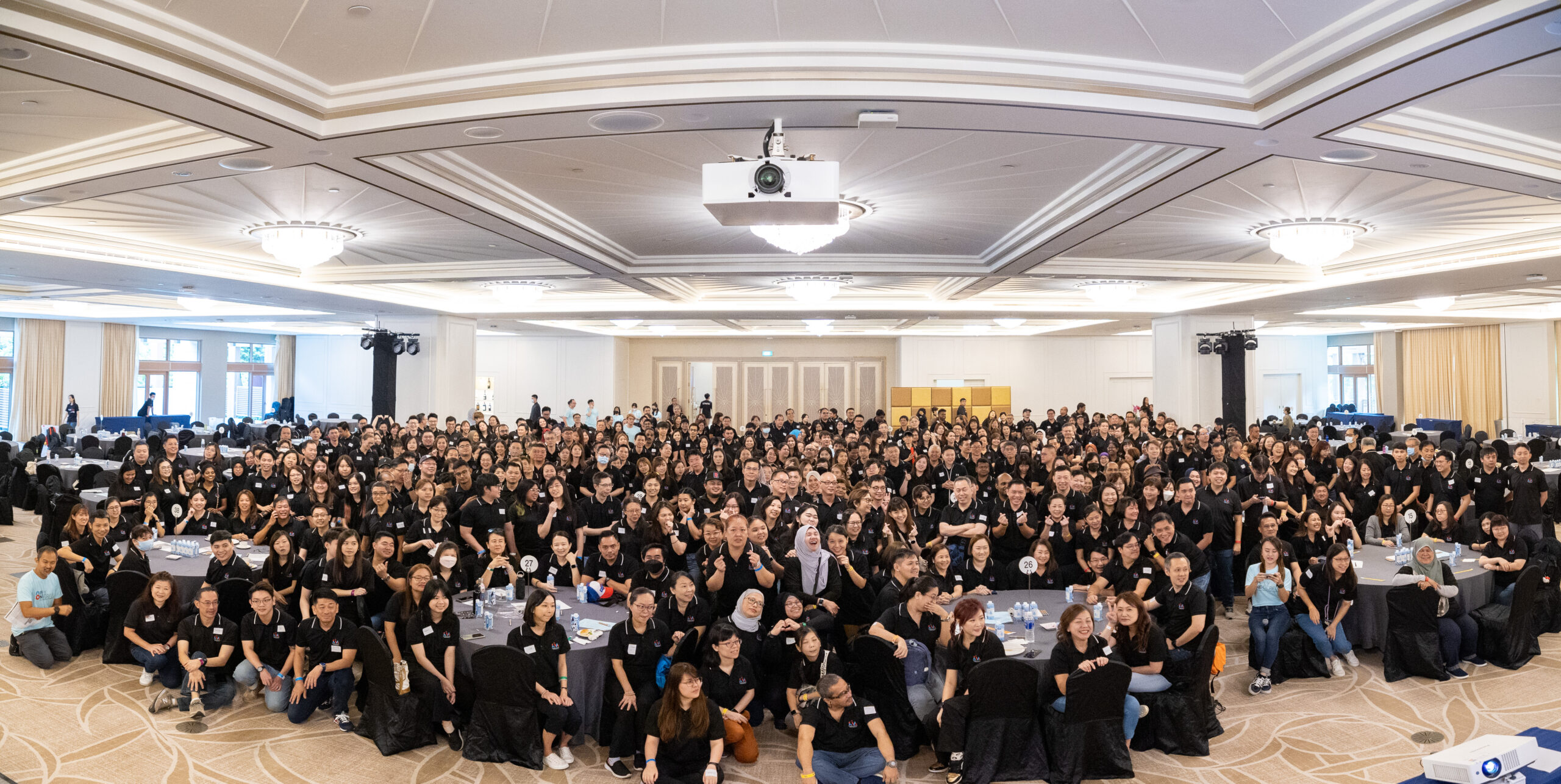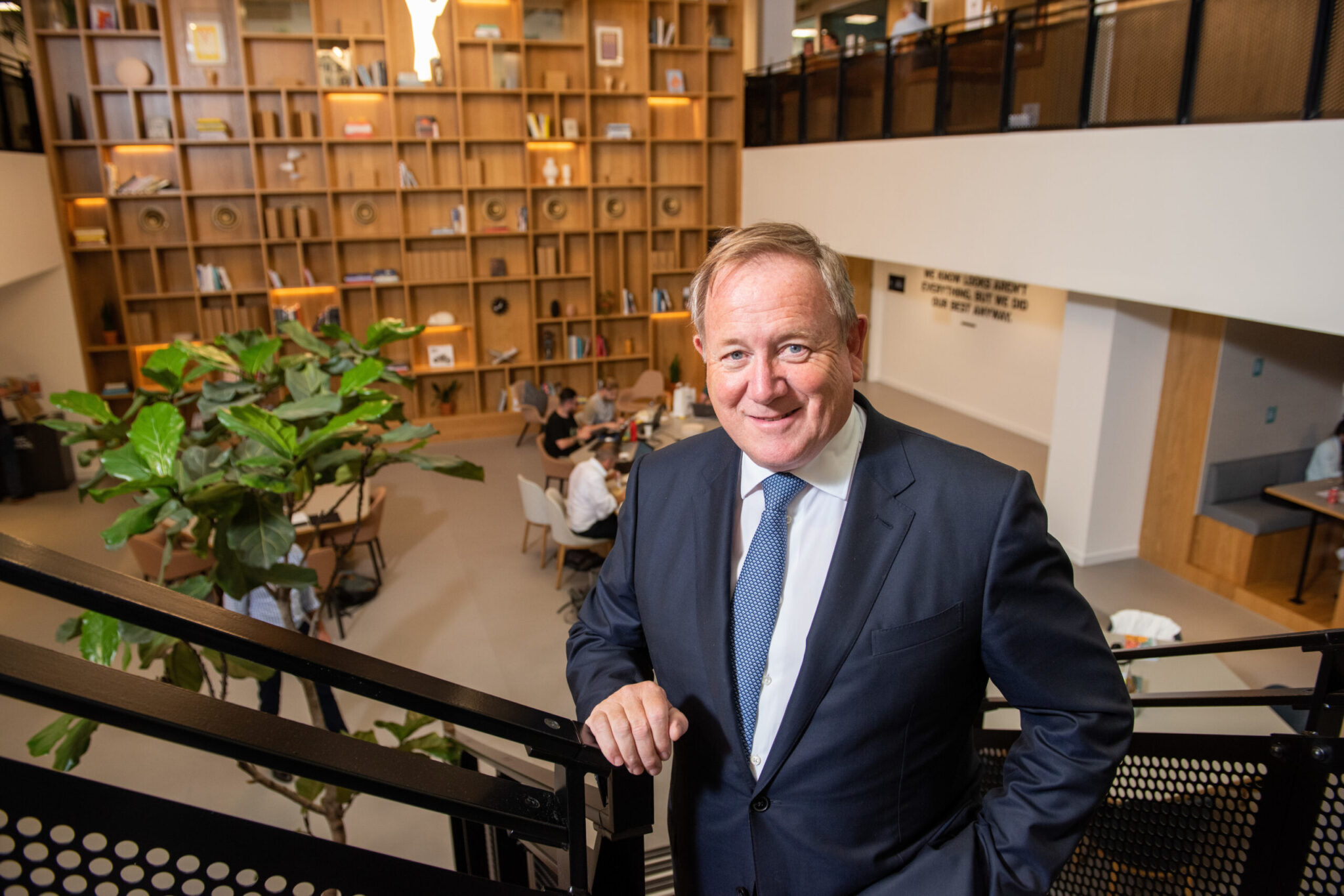The rise of fractional executive leadership: What’s driving the interest?
- HRM Asia Newsroom

The complexities that the Covid-19 pandemic brought to the world of work—employees suddenly working from home, safety concerns, supply chain disruptions—prompted HR professionals to prioritise agility in their strategies like never before. Five years later, today’s complexities, experts say, are again reimagining long-held norms, including those related to leadership, which is giving rise to alternative models, such as fractional executive leadership.
A fractional leadership model enables veteran C-suite executives to contribute to an organisation on a part-time basis. It is a strategy that employers often leverage to navigate a particular project, moment of change, or complexity—while shortening the time and expense of an often months-long executive search and reducing the risks associated with long-term hiring.
According to workforce analytics firm Revelio Labs, the number of executive job postings inclusive of the potential for fractional work has tripled since 2018.
Apart from greater cost efficiency, fractional appointments can bring an organisation high-impact leadership and the capacity for flexibility, says Heather Simmons, Director of Operations at Thrive HR Consulting.
“With things being so uncertain, especially right now in the economy, you have to be all of those things,” Simmons says.
Why is fractional leadership gaining traction?
Howard Sutker, Managing Partner of Sutker Moran—a business consulting and CFO services firm that utilises a fractional CFO model—points to several factors influencing the rise of fractional leadership in recent years.
For one, the emergence of hybrid and remote work post-pandemic flipped the script on the need for full-time, in-office work, while encouraging HR to think outside the box on the potential role of flexibility in sourcing and hiring.
Meanwhile, Simmons says, many organisations are reporting higher turnover rates among executives, while simultaneously grappling with ongoing talent shortages and widespread skills gaps, including among senior leaders.
“The rapid pace of technology changes the skills our future leaders need, in areas like AI and digital transformation,” Simmons says. “That can be a challenge because it may not be something [some executives are] comfortable with.”
That could be among the factors leading some executives into retirement, further amplifying the impact of the ageing workforce.
“A lot of people were hanging on during Covid, thinking, ‘I’ll help out during this time,’ ” Sutker says. “And now it’s, ‘OK, it’s time to move on.’ ”
Building a leadership bench from within to take those spots has also grown more challenging, Simmons says. Post-Covid and the Great Resignation, many high-potential talent are quicker than ever to move on if their career development needs are not met.
“If they don’t see it fast enough, they’re going to leave,” she says.
“When you mix all those factors together,” Sutker says, “and if you’re open to other ways of doing things, this fractional model can give an organisation a way to hire the talent to match the need.”
How can organisations capture the value of fractional executives?
A fractional leadership strategy can be especially impactful given the external influences affecting organisations today.
The rollout of tariffs, for instance, Sutker says, created a particular challenge for lower and middle-market organisations in need of CFO leadership: They were not necessarily positioned to bring on an executive with the high level of sophistication needed to manage that disruption, paving the way for a more cost-effective fractional CFO with the experience to navigate the changes.
The emergence of new technology can also create a good opportunity for fractional leadership to lend expertise to enterprise-wide digital transformation, while other organisations leverage the model to meet seasonal demand, stand up new products and services, or contribute to a period of high growth.
Where some organisations make a mistake is in thinking they should tackle their acute challenges first—whether that be from an outside influence like tariffs, a new tech rollout or a moment of growth—and then bring in a permanent executive after the environment is stabilised, says Scott Moran, Partner at Sutker Morna.
“Individuals in a position like us, from the CFO seat, know what to identify as the problem and know how to fix it, so we step in and take over the financial function,” says Moran.
Some organisations are a “disaster” and have used Sutker Moran’s fractional CFO strategy to “get the foundation right,” while others are in good financial shape, with good processes, and just needed a “tune-up and a different perspective,” Moran says.
“But it’s better to get someone in sooner rather than later—the right advisor who can get that foundation set and then build from there,” he says.
The CFO leadership crisis
The need for fractional leadership is particularly critical for the CFO role at the moment, says Sutker.
Recent research, for instance, found that 22% of CFOs in the healthcare sector left their roles last year, with projections for mid-market CFO turnover this year sitting at 34%.
READ MORE: Drop in CFO turnover puts spotlight on succession planning for APAC HR leaders
Through Sutker Moran’s team-based fractional CFO model—providing organisations with a CFO-level advisor, controller, and analyst—the organisation has helped clients quadruple their revenue in the last five years. About three-quarters of their fractional appointments create long-term relationships with their respective organisations.
Sutker Moran focuses on “being present, building relationships with the team” at client organisations, Moran says, as the interim contributors take on their roles.
“Some of these teams are overwhelmed; they had been asked to do something higher than their level or something they don’t have experience with,” he says. “So, it’s a point of relief often to now have someone in there who can point them in the right direction.”
Setting the environment for fractional leadership
The experts note that incorporating fractional leadership into the executive team does require some advanced planning.
The organisation facilitating the interim executive’s work, Moran notes, must lead with transparency and prioritise relationship-building as the leader settles—and hold themselves accountable to produce results.
The executive joining the organisation, Simmons notes, must be willing to “dig in far enough” to fully grasp the business problems at hand and their anticipated role in solving them. And, she notes, it’s crucial to remember—especially if fractional leaders have held several such roles recently or concurrently—that each organisation is incredibly unique.
The organisation and the fractional leader can work together to build a “culture of support, collaboration, trust and clarity,” Simmons says, and to emphasise to all affected teams the value of—and necessity for—“shift and change quickly.”
The organisation itself must also ensure that leaders are receptive to the model.
“Our biggest competition,” Sutker says, “is an owner saying, ‘I need someone there every day and it has to be an employee of mine.’ You have to get over that and see other ways to do it.”
If leaders can “open their eyes to the idea that this could work,” he adds, “that’s what you really need.”
About the Author: Jen Colletta is Managing Editor at HR Executive, where this article was first published.






